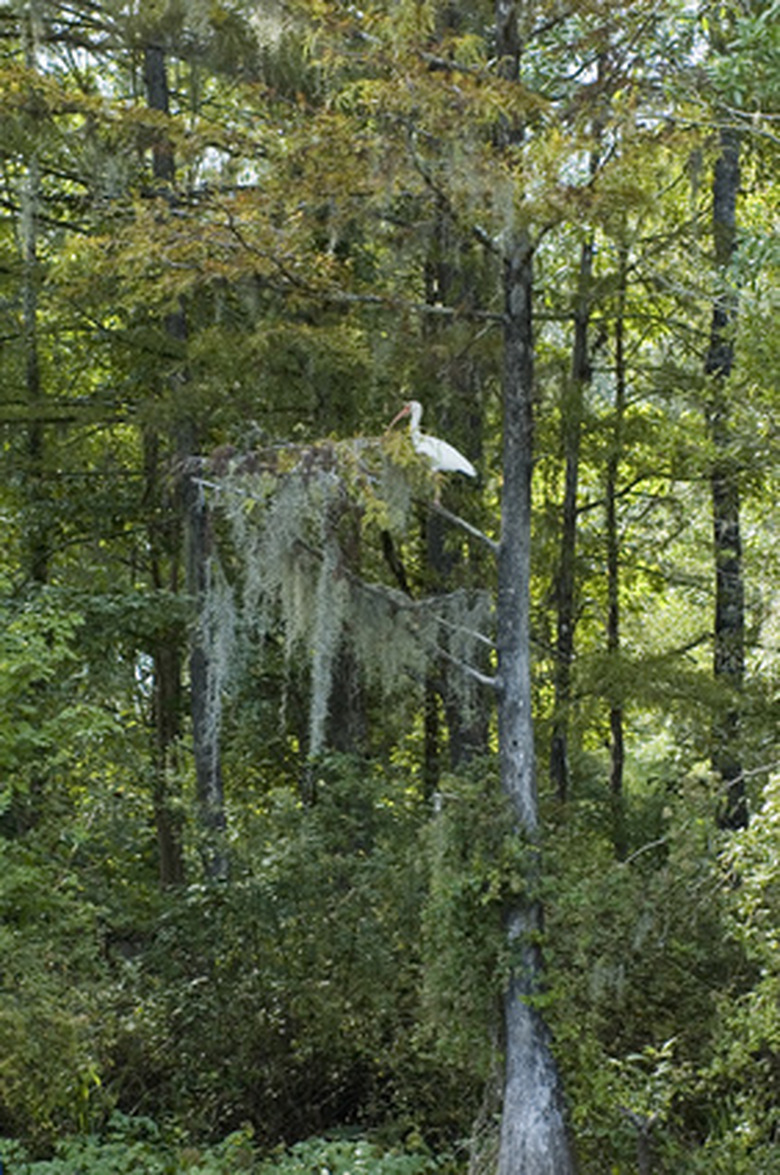Plants That Do Not Need A Root System To Grow
A plant's roots are designed to take up food and water into the plant's vascular system. But not all plants have roots. Plants that do not live in soil, or that have adapted methods for feeding without roots, frequently do not have them. The types of rootless plants in the world are varied.
Algae
Algae are water-dwelling plants that have some of the simplest structures known to man. Algae may be single-celled or may range up to the size of seaweed. Microscopic algae exist in large, visible colonies. Some algae (such as plankton) provide food for fish, while other types have no true benefit and can actually deplete a pond of oxygen. Algae derive energy through photosynthesis and can absorb nutrients from the water.
- A plant's roots are designed to take up food and water into the plant's vascular system.
- Some algae (such as plankton) provide food for fish, while other types have no true benefit and can actually deplete a pond of oxygen.
Spanish Moss
Spanish moss is a bromeliad, which means that it is distantly related to the pineapple family. The plant lives in trees as an epiphyte–a plant that depends on other plants, but is not a parasite. Spanish moss only uses trees for support. Instead of roots, the plant has small, overlapping scale-like leaves that trap water and airborne nutrients. Because of this, Spanish moss is sensitive to pollution. As colonies of the plant exposed to air pollution die quickly, Spanish moss can be used as an indicator for the presence of pollution.
Dodder Vine
Dodder vine is known as a vampire plant because it is a true parasite. The vine attaches itself to a plant shortly after germination and feeds off of the plant for nutrients. The vine has a distinct yellow color, as it lacks chlorophyll to turn green or to feed itself. This is the primary reason that the plant steals nutrients from other plants. The plant sprouts from seed in the ground. Once the plant sprouts, it must find a host plant within a few days. Typically the plant twines around a host plant and inserts root-like branches into the plant to feed. You must destroy both the plant and the host in order to get rid of the plant. Eliminating the plant is important because dodder vines can produce over 16,000 seeds per season.
- Spanish moss is a bromeliad, which means that it is distantly related to the pineapple family.
- As colonies of the plant exposed to air pollution die quickly, Spanish moss can be used as an indicator for the presence of pollution.
